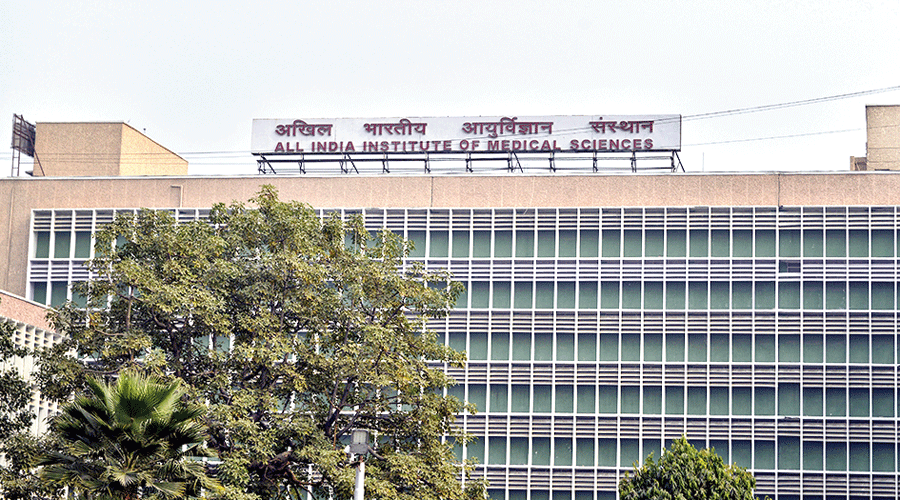A decade after they opened, the earliest of the new All India Institutes of Medical Sciences in six cities face 28 to 55 per cent faculty shortages, underlining a key challenge to the country’s efforts to expand medical education through new colleges.
The AIIMS at Bhopal, Bhubaneswar, Jodhpur, Patna, Raipur and Rishikesh have 684 vacancies among their total 1,830 sanctioned faculty posts alongside vacancies of senior residents and other non-faculty staff in each institute, the Union health ministry has told Parliament.
Each of the six AIIMS has 305 sanctioned faculty posts. But their counts of vacancies range from 87 in AIIMS Bhubaneswar to 169 in AIIMS Patna. Each institute also faces shortages of senior residents — 46 vacancies in AIIMS Jodhpur to 224 vacancies in AIIMS Raipur.
Around 10,200 of their sanctioned 23,256 non-faculty posts also remain vacant.
The six AIIMS that opened for students in 2012 are part of a programme initiated by the Atal Bihari Vajpayee government in 2003 to set up medical colleges and hospitals nationwide modelled on the prestigious AIIMS, New Delhi.
Thirteen more AIIMS, including one in Bengal’s Kalyani, are also partially functional.
A parliamentary panel in December 2018 had also flagged the teacher shortages at the six AIIMS, listing 884 (48 per cent) vacancies then among the 1,830 sanctioned posts.
The health ministry’s latest data, shared in response to a Parliament question on March 15 this year, listing 684 vacancies (37 per cent), suggests the institutes have reduced the shortage by only 11 per cent over the past three years.
Experts say the faculty and residents’ shortages will impact the quality of both teaching and healthcare.
“Clinical diagnosis and management is imbibed through bedside teaching,” said Oommen John, a physician and research fellow at The George Institute for Global Health, New Delhi. “Requisite and competent faculty is a basic requirement.”
Suvrankar Datta, a junior resident at AIIMS, New Delhi, said the sanctioned posts of senior residents — 351 in each of the six AIIMS — are designed for optimum healthcare delivery and shortages of senior residents would impact healthcare quality.
“Without the desired number of residents, the workload on available residents increases,” Datta said.
The ministry has said the vacancies persist because the institutes haven’t found suitable candidates.
“As high standards have to be maintained in selection, keeping in view the stature of these institutes of national importance, all the advertised positions could not be filled up,” the ministry said.
The ministry has cited several steps — such as relaxing the recruitment age of professors, allowing contractual employment of retired faculty of government medical colleges up to 70 years, and walk-in interviews for contractual faculty — to expedite filling up of vacancies.
“The bar has been set high for the other AIIMS too — and they have some very good faculty,” said a doctor at AIIMS, New Delhi. “But the best candidates who have high chances of being appointed have their sights on AIIMS Delhi or on other career avenues.”
All the other 13 partially functional AIIMS also have vacant posts of faculty and residents. AIIMS Kalyani has 96 vacancies against its 183 faculty posts, while AIIMS Gorakhpur has 109 vacancies against 183 posts, according to the health ministry data.










